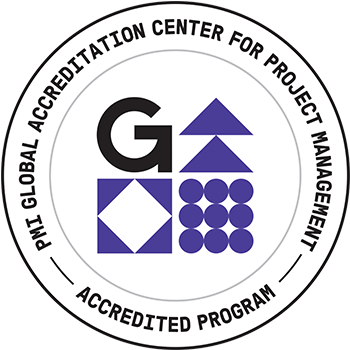While aerospace and defense are best known for the innovations that support space exploration, autonomous systems and connectivity at anytime from anywhere, these “firsts” rely on innovation in processes. This session will cover all-new approaches and processes that allow technology to flourish and programs to succeed.
Speakers:
Wade Knudson, Product Area Director, Total Ship Systems, Raytheon Integrated Defense Systems
Raytheon Integrated Defense Systems is the lead corporation for the DDG 1000 Zumwalt guided missile destroyer, a program scrutinized heavily in the media and legislature, but which has also produced a variety of “first time” technologies and one of the most complex weapon systems in the U.S. defense arsenal. This complexity is borne out in the millions of lines of software coding required to synchronize and integrate the ship systems. Knudson and his team developed and heavily relied upon an agile software development system to create the capability but also to cut costs through more efficient work. He will share a definition of the software challenge, and how the team addressed it.
Pablo Gonzalez II, VP X-47B UCAS-D, Northrop Grumman Aerospace Systems
Among the top achievements in the aerospace and defense industry in 2014 was the landing of an unmanned combat air system (UCAS-D) on an aircraft carrier off the coast of Maryland. While many focused on the “tail-less” nature of the UAV, the real accomplishment was landing on a moving target with a pilotless vehicle. Months later, the team did it again —this time completing aerial refueling for the UCAS-D. Keeping this development program on schedule was critical, in terms of money but also in terms of moving much-needed technology forward rapidly in a proof-of-concept effort. Among the processes and methods used to achieve these goals, the team put in place a dynamic mission control center and measured not only schedule, but how quickly the team responded on more discrete issues—including program action requests. Gonzalez will address how the processes were developed and why, as well as what was learned along the way.

